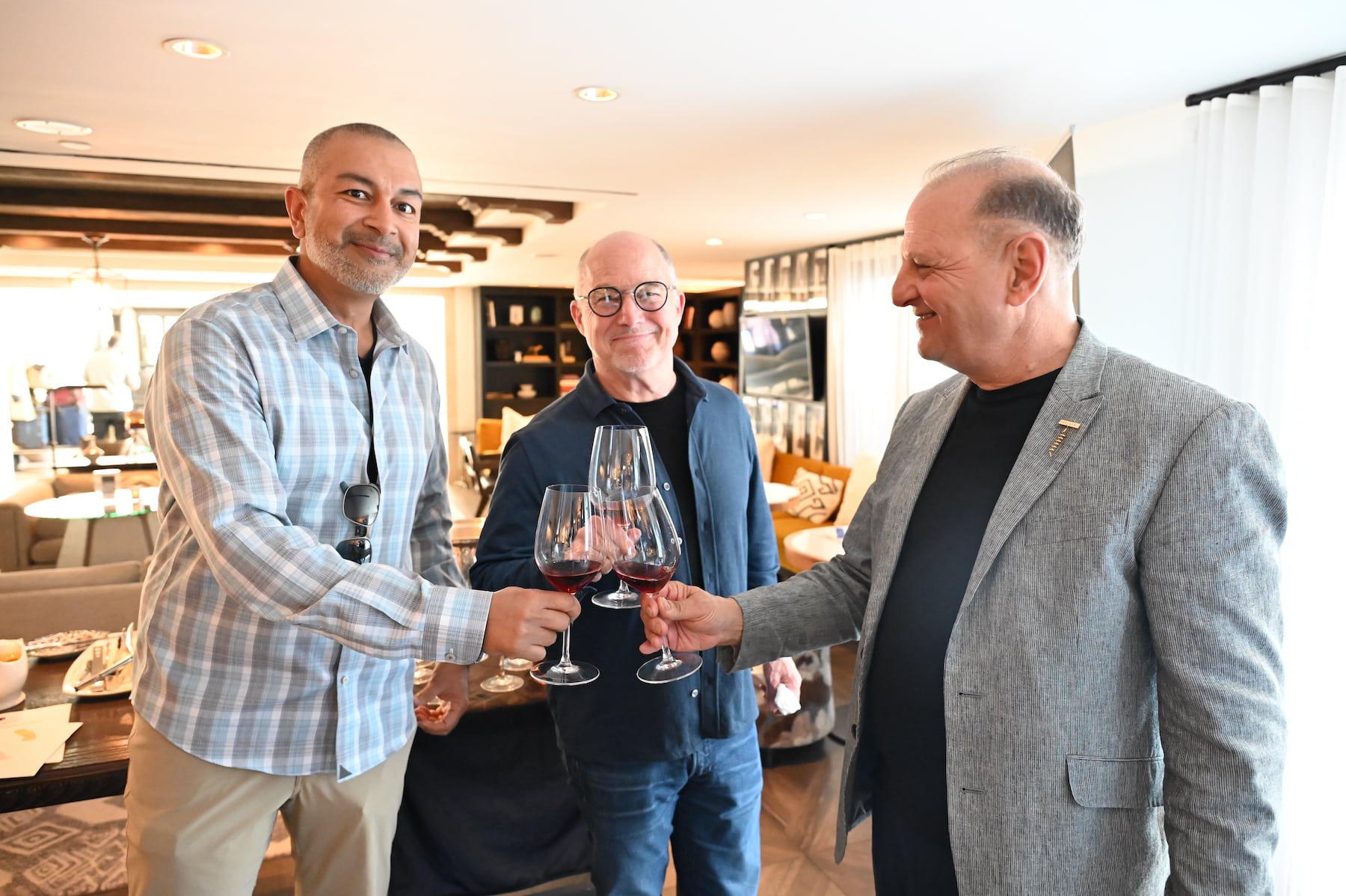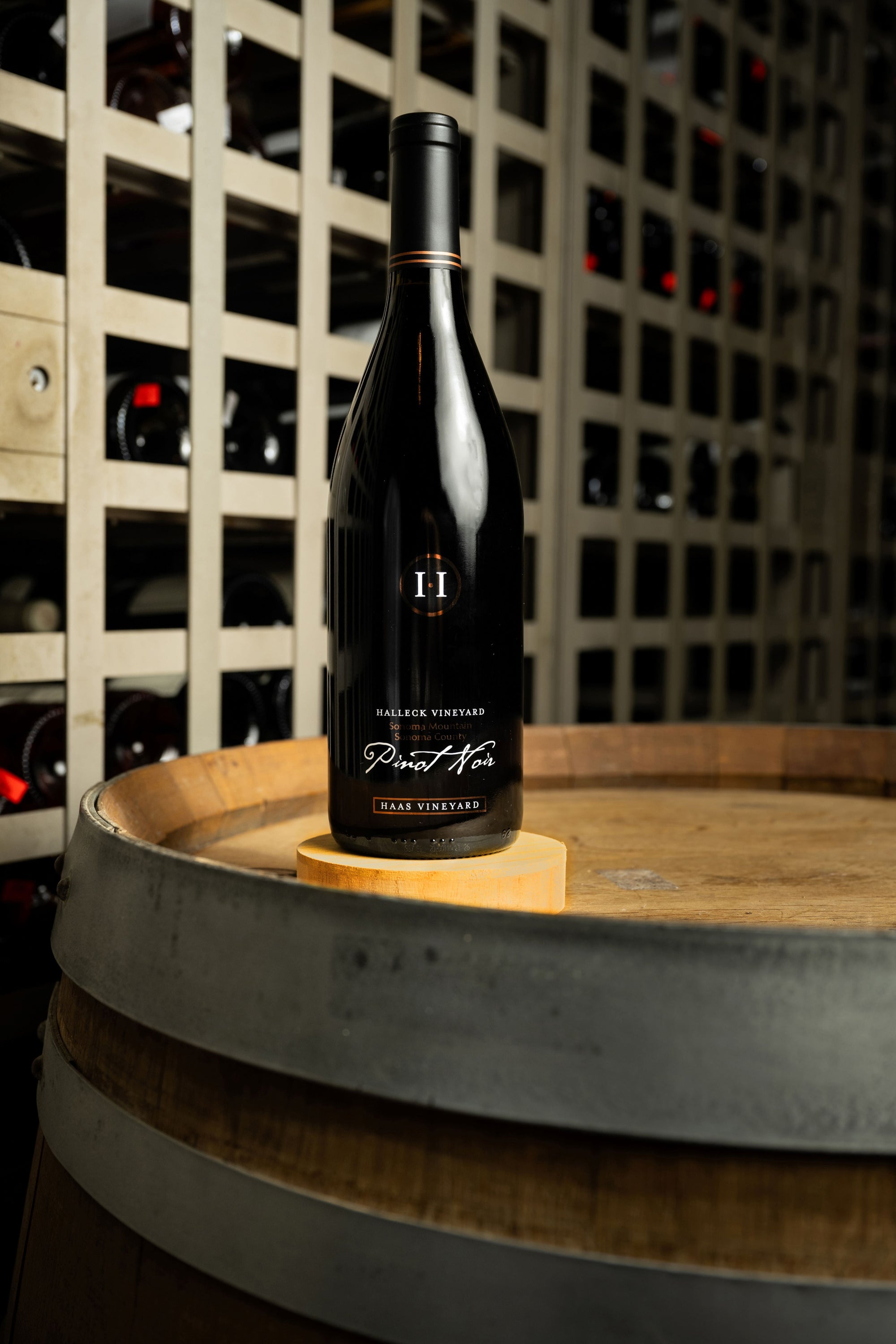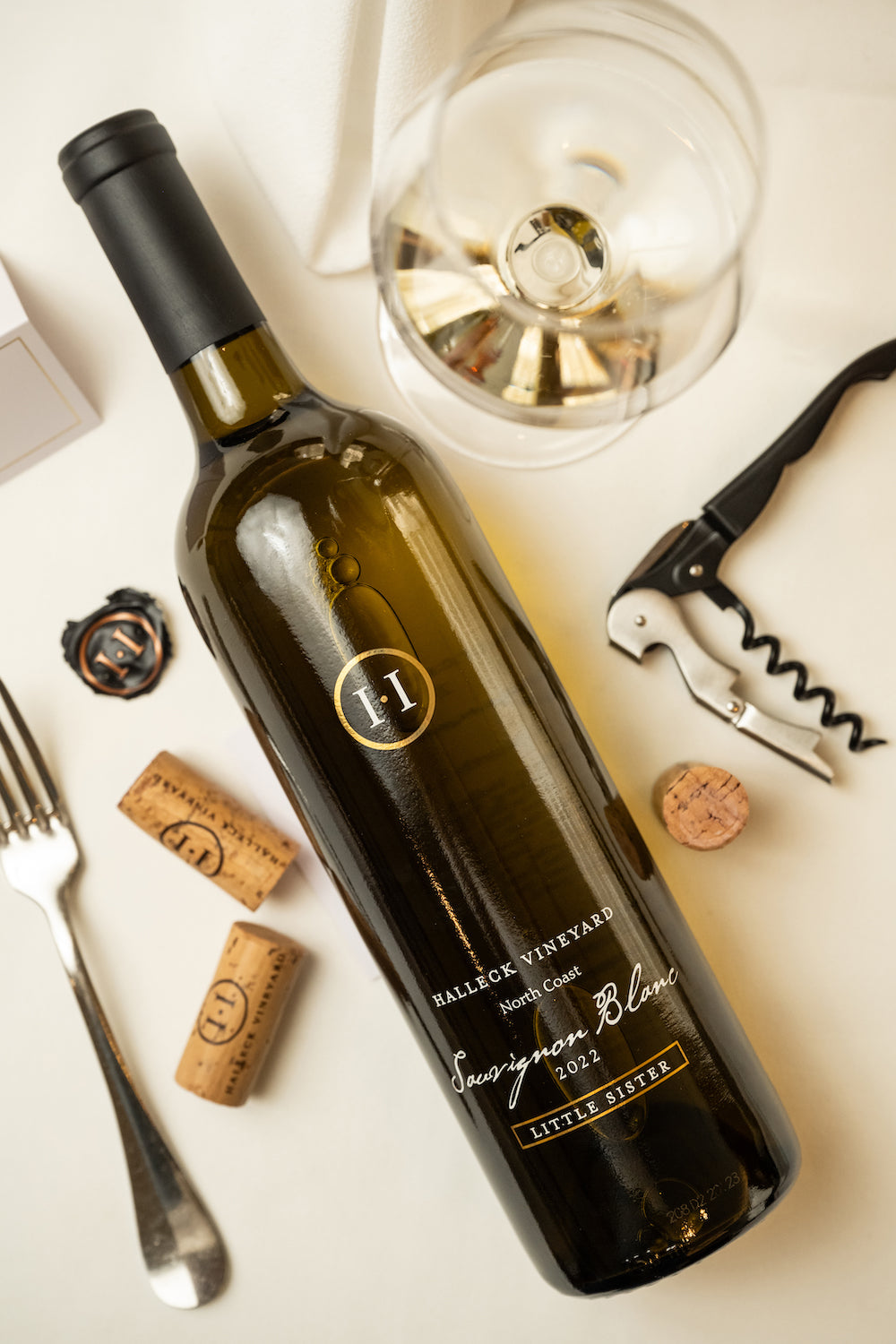Family-Friendly Wineries Near Sebastopol - Wine Tasting Experiences In Sonoma Valley
Family-Friendly Wineries Near Sebastopol - Wine Tasting Experiences In Sonoma Valley
Blog Article
Best Wineries For Sunset Views In Sebastopol - Sonoma's Premier Wine Tasting Events
Wine tasting is an art that mixes sensory experience with an appreciation for the nuances of different varietals. How to evaluate flavors in winery wine tasting sessions is pivotal to grasping the complexities of wine.
Participating in a wine tasting entails greater than simply sipping and savoring. It requires a focused strategy to establish aromas and flavors that every wine presents. As you begin, observe the wine's look, noting its color and clarity. These visual cues often counsel a wine’s age, grape selection, and even potential flavor profiles.
The subsequent step in the tasting course of is to swirl the wine in your glass. This action releases aromatic compounds which might be important for analysis. Lean in and take a second to inhale deeply; the aromas can vary from floral and fruity to spicy and earthy. The nose of the wine is just as necessary because the palate, and recognizing scents plays a significant function in understanding the general experience.
When taking your first sip, allow the wine to move throughout your palate - Rustic Family-Owned Wineries In Sebastopol. Notice the initial flavors that present themselves. Is the wine fruity, floral, or maybe herbaceous? This preliminary taste gives perception into what the wine is more doubtless to categorical as you continue to judge it. The mouthfeel additionally contributes to the overall flavor experience; it may be silky, tannic, and even effervescent.
Charming Wineries With Views In Sonoma Valley - Tasting Fine Wines In Sonoma County
As you continue tasting, pay attention to the wine’s balance. A well-balanced wine will harmonize acidity, sweetness, and tannins. If one component overwhelms the others, it would indicate a much less fascinating quality. Evaluating stability can help you identify how properly the wine may pair with food.
Transitioning to the finish, think about how the flavors evolve as the wine lingers in your palate. A lengthy, nice finish can indicate a high-quality wine, whereas a brief or abrupt finish might recommend otherwise. Reflect on whether or not the flavors remain consistent or if new notes emerge because the wine settles. This development can reveal complexities and intricacies which may not have been apparent within the preliminary tasting.
Temperature can additionally be a crucial factor in evaluating wine flavors. Different forms of wine are optimally enjoyed at specific temperatures. White wines often shine when chilled, whereas purple wines generally carry out greatest at room temperature. When tasting, ensure the wine is on the applicable temperature to fully recognize its character.
Wineries Focusing On Single Vineyard Wines - Sonoma Wine Tasting Spots
Pairing food with wine can tremendously improve the tasting experience. Meals can affect the perception of flavors in wine, either highlighting sure characteristics or diminishing them. When evaluating flavors, think about how the wine interacts with totally different foods, noticing which flavors are amplified or muted (Quaint Wineries In Picturesque Settings In Sebastopol).
Consider the affect of terroir as you interact in a winery tasting. Terroir encompasses the distinctive environmental elements that have an result on grape growing, together with soil composition, climate, and geography. Understanding a wine's terroir can present insight into its flavors and aromas, fostering a deeper appreciation for the alternatives made during its cultivation and production.
Training plays a basic position in enhancing one's capacity to evaluate wine flavors. Studying about grape varieties, wine areas, and production strategies can pave the method in which for extra informed judgments during tastings. Moreover, attending workshops or classes can refine sensory skills and expand your flavor vocabulary, enabling you to articulate tasting notes more successfully.

Lastly, it's important to do not neglect that evaluating wine flavors is a extremely personal experience. Particular Person preferences and perceptions will invariably form one’s tasting journey. Enjoyment must be on the forefront, with the analysis course of performing as a software to boost understanding and appreciation somewhat than create inflexible tips.
Wineries Offering Charcuterie And Wine Pairings - Enjoying Wine Tastings And Vineyards Near Sebastopol
In conclusion, mastering tips on how to evaluate flavors in winery wine tasting sessions includes a mix of sensory engagement, data, and practice. By learning to identify aromas, assess the stability, and respect the intricacies of flavor, wine enthusiasts can deepen their connection to every bottle they encounter. As with any art kind, the extra one immerses themselves within the experience, the extra they will discover and enjoy the huge world of wine.
- Begin by observing the wine's color and clarity, as these visible elements can trace at its flavor profile and aging potential.
- Swirl the wine gently in your glass; this releases fragrant compounds, allowing you to better determine the complicated scents associated with the wine.
- Take a deep inhale earlier than tasting, specializing in each main and secondary aromas to collect insights on fruits, spices, and different nuances.
- When tasting, permit the wine to coat your palate; note the preliminary flavors, the mid-palate complexity, and the finish as these levels can provide totally different flavor highlights.
- Pay attention to texture and mouthfeel, as aspects similar to tannin levels, acidity, and sweetness contribute significantly to the overall tasting experience.
- Compare flavors against standard wine characteristics; for red wines, consider berry notes, oak affect, and natural tones, whereas whites could embrace citrus, stone fruits, and floral hints.
- Take notes through the tasting session to track your impressions, serving to you to recollect and evaluate the different wines sampled.
- Discuss your findings with fellow tasters or winery staff, as sharing insights can improve understanding and appreciation of particular person flavors.
- Permit time for the wine to breathe; typically, flavors evolve and reveal new dimensions after being exposed to air.
- Experiment with food pairings in the course of the tasting as they'll dramatically alter how flavors are perceived, influencing general enjoyment.undefinedWhat should I look for when evaluating the aroma of wine throughout a tasting?
Begin by swirling the wine in your glass to release its aromas. Bring the glass to your nostril and take a deep breath. Pay consideration to the first scents you detect, as these are often essentially the most outstanding. Look for fruit, floral, herbal, or earthy notes and try to establish specific characteristics, which will deepen your understanding of the wine's complexity.
Wineries Known For Their Beautiful Gardens - Wineries With Outdoor Tastings In Sebastopol

How can I distinguish between different flavor profiles in wine?
Perceive that flavor profiles are often categorized as fruit, floral, herbaceous, spicy, or mineral. Take small sips and permit the wine to coat your palate. Notice the first flavors that emerge first and the delicate notes that follow. This layering is crucial in distinguishing the wine's characteristics and can assist you to appreciate its distinctive profile.
Wineries With Estate-Grown Grapes - Wine Tasting At Sonoma Vineyards
What is the significance of the wine's texture in a tasting?

The texture of the wine, also identified as mouthfeel, plays a vital role in how we understand flavors. Pay attention as to whether the wine feels smooth, creamy, or gritty. The physique of the wine (light, medium, or full) can enhance or contrast with flavors, providing a extra rounded experience throughout tasting.
How do I assess the steadiness of flavors in wine?
Stability in wine refers back to the concord between acidity, sweetness, tannin, and alcohol. Take a second look here to assess whether or not these components complement or interfere with each other. A well-balanced wine may have none of its components overpowering the others, creating a pleasing tasting experience.
Unique Wine Blending Experiences In Sonoma - Tasting Fine Wines In Sonoma County
What role does temperature play in evaluating wine flavors?
Temperature can considerably impact the notion of flavors. Usually, red wines are finest served slightly beneath room temperature, while white wines get pleasure from being chilled. As the temperature changes, the aromas and flavors can shift, permitting you to perceive completely different characteristics. It’s important to taste wine at its optimal temperature for true analysis.
Wineries Known For Their Hospitality - Best Winery Located In Sonoma
How can I enhance my tasting skills over time?
Practice is essential to enhancing your tasting skills. Vineyard Tours With Guided Tastings In Sonoma. Attend tastings, maintain a journal of your experiences, and explore various kinds of wines to broaden your palate. Moreover, studying about wine production and grape varieties can present context that enhances your evaluation process, making you a extra knowledgeable taster.
Is there a selected order during which I should taste the wines?
Wineries In The Heart Of Sonoma County Wine Region - Top Sonoma Wineries To Visit
Sure, it’s advisable to taste wines from light to full-bodied and dry to sweet. This development prevents the stronger flavors from overshadowing the more delicate ones, allowing you to totally appreciate every wine's traits and nuances without palate fatigue.
How can I evaluate the aftertaste of wine?
Wineries Near Santa Rosa - Sonoma Vineyards Worth Visiting
The aftertaste, or finish, is an important aspect of the wine-tasting experience. After swallowing, pay attention to how long the flavors linger on your palate and whether they change. A long, pleasant finish is often an indicator of a high-quality wine, while a short or disagreeable end could counsel in any other case.
Why is click it necessary to notice the wine’s acidity throughout tasting?
Acidity contributes to the overall freshness and structure of the wine. Pay attention to the tingling sensation on your tongue; higher acidity can improve the wine's liveliness and steadiness out sweetness. Noting acidity helps decide the wine's versatility with food and its growing older potential.
What ought to I do if I wrestle to identify specific flavors in wine?
Spectacular Vineyard Views In Sonoma - Sonoma Vineyards For A Perfect Day Out
Struggling to determine flavors is widespread, particularly for newbies. Focus on broader classes and describe what you can acknowledge, such as sweet or earthy notes. With practice, reading about different flavor profiles, and perhaps using flavor wheels, you'll refine your senses and develop a more nuanced approach to tasting. Report this page